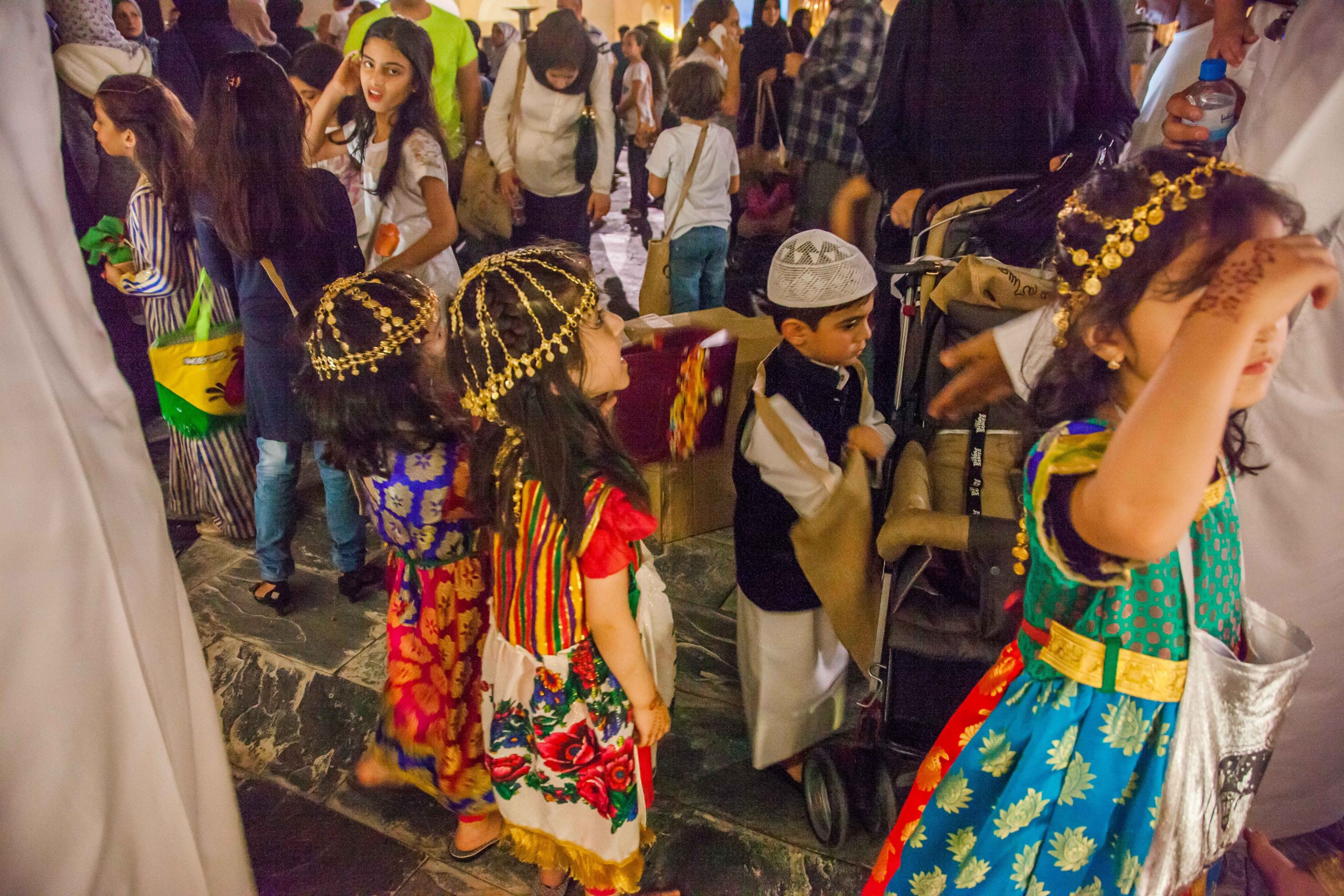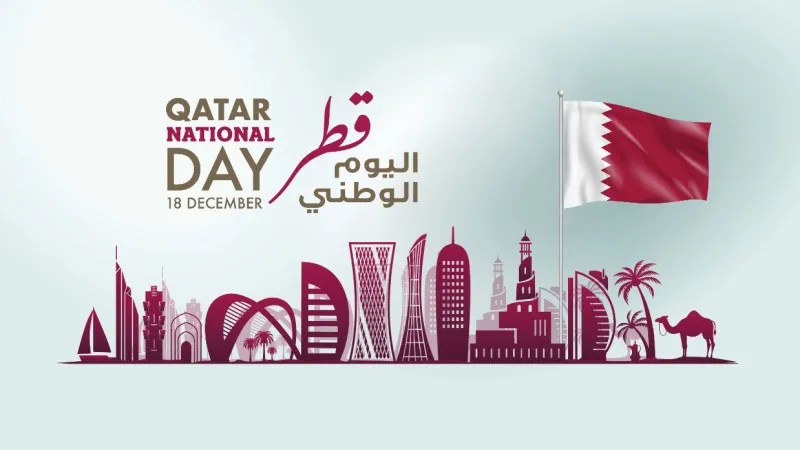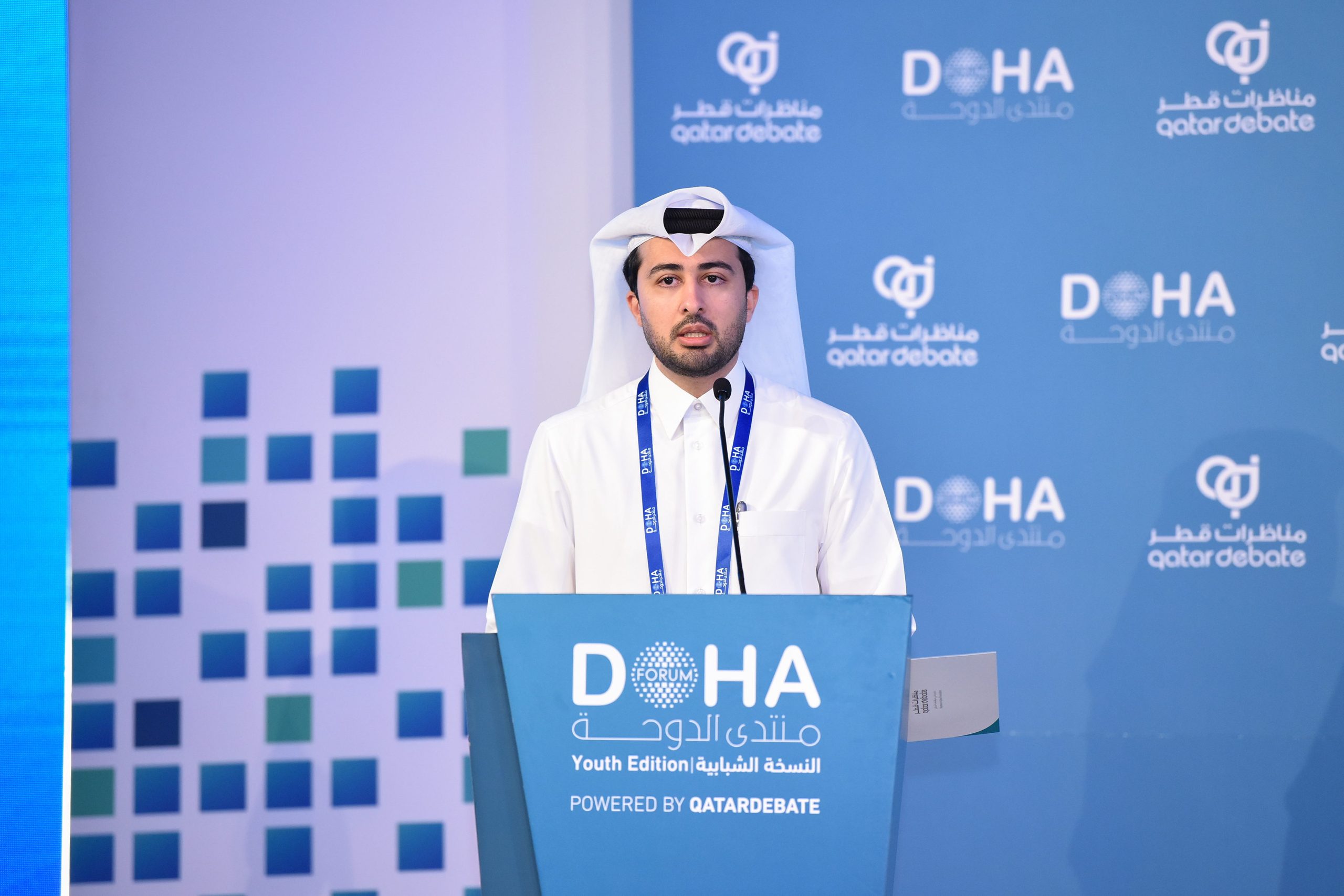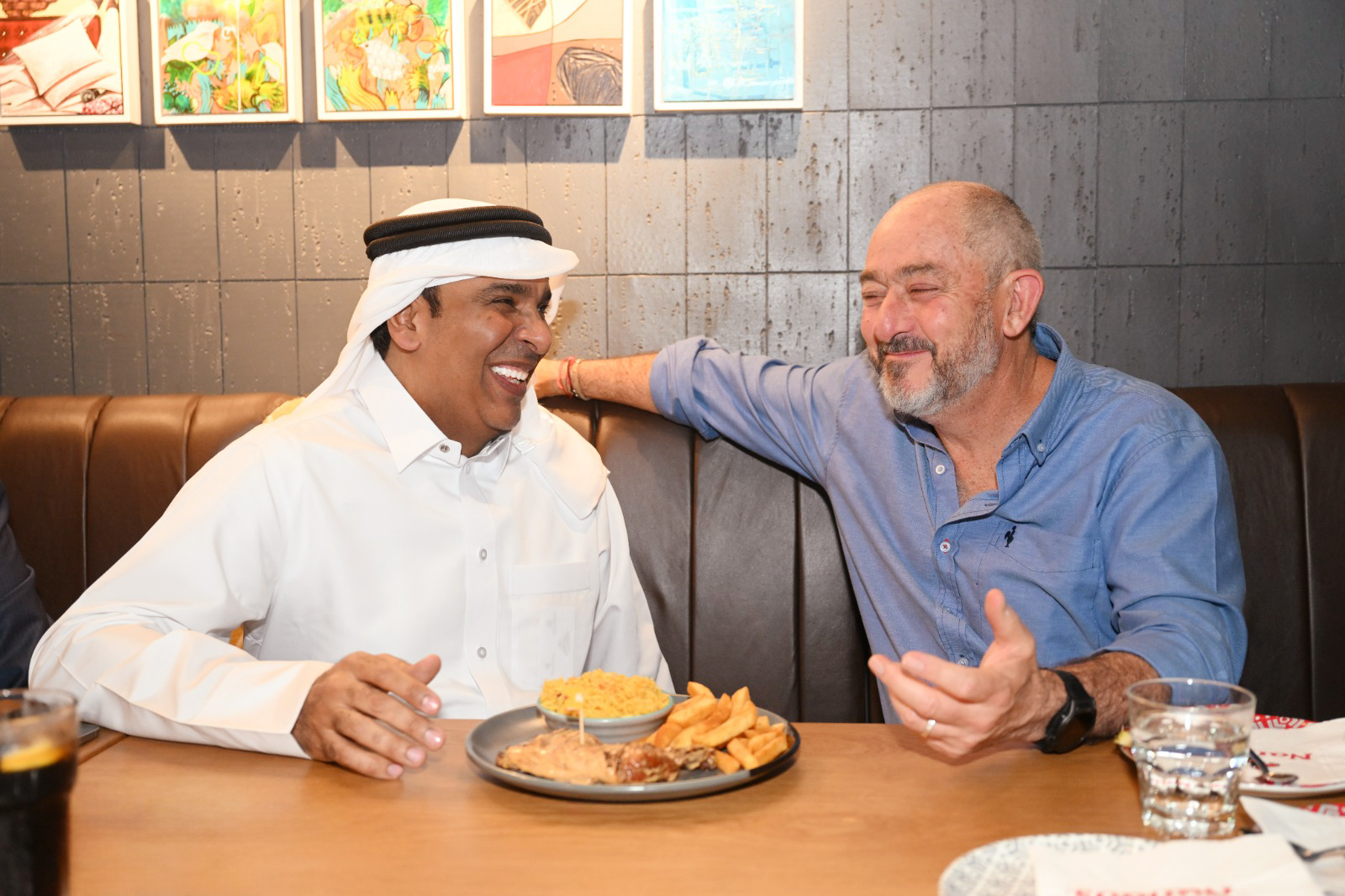Qatar has lined up an array of Garangao festivities throughout the country for families to enjoy.
The traditional Garangao festival begins following the Maghrib prayer on the 14th night of Ramadan, with individuals donning colourful traditional attire and visiting one another’s homes.
As it falls midway through Ramadan, Garangao night holds significance in acknowledging and rewarding children for their efforts in fasting through the first half of the holy month.
Honouring them in this manner serves as motivation for them to persist in their fasting journey for the remainder of Ramadan.
Garangao stands out as a vibrant and joyous tradition celebrated in the Middle East, particularly in the Gulf countries like Qatar, Bahrain, and parts of Saudi Arabia.
Roots
Rooted in the Islamic calendar, Garangao also spelt as Garangaoo or Gargee’an, is derived from the Arabic word “garqaa,” which means to rattle or shake. Its origins trace back centuries, believed to have originated in the Arabian Peninsula.
While its exact historical roots are not precisely documented, it is thought to have emerged as a celebration during the holy month of Ramadan, especially in the GCC region and Iraq.
In the past, Garangao was primarily celebrated within the local communities, particularly in the neighbourhoods of pearl divers and traders.
In the United Arab Emirates, the event is celebrated on the 15th of Shaaban which falls roughly at the end of March.
In Qatar, the festival is known as Garangao while in Kuwait it is called Gargee’aan or Girgian.
In Saudi Arabia, people celebrate Karkee’aan or Qariqaan, with people in Bahrain naming it Gargaaoun.
Garangashoch, At-Tablah or Qarnaqosh are names used by Omanis to refer to this day, whilst Emiratis refer to it as Hag Al Leylah. Iraqis refer to the festival as either Majeenah or Garangao.
Traditions
On the Garangao night, children go around their neighbourhoods knocking on doors and upon greeting the residents – sing traditional songs. They are then met with sweets and gifts from the homeowners whose doorsteps they sought.
The exchange symbolises the spirit of sharing and generosity that is central to the holy month.
As they go around their neighbourhoods, children often sing a unique song reserved for the festival. The song is intended to call on God to bless the youngest child of the family and to keep him or her healthy.
The “Garangao Girga oh, Atoona Allah yateekum, Bayt Makkah yawadeekum, Ya Mecca Yal ma’amoora, Yam il salasil wal thahab ya Noora, atoona min maal Allah, yeslam lakom Abdullah,” chant reverberates across the streets in Ramadan, marking the passing of half of this holy month.
The song can be loosely translated to: Garangao Girga oh, give us [sweets], may God give you more, and send you to the House in Makkah. Oh, Noor, with the gold necklace, give us from the blessings of God, may He bless [your child] Abdullah.”
The ending of the song can change according to the family name of the house the children visit (if known), otherwise the previously stated song remains the same.
The song varies from country to country across the GCC and Iraq.
During this night, girls typically are dressed in a zari dress over their normal clothes, which is a radiant fabric embroidered with golden threads, along with a bakhnaq (head scarf adorned with golden threads). Around their necks also sit cultural jewellery to complete the attire.
Various theories behind the word ‘Garangao’
The origin of the word has several interpretations. One such theory states that the word Garangao comes from the Arabic term ‘قرة العين’ (meaning “joy of my eye”) which is believed to have been coined by Prophet Muhammad to refer to his eldest grandson, Imam Hassan ibn Ali, on the occasion of his birth during Ramadan.
It is believed by some that people gathered in the street playing the drums to mark this special day.
The Arabic term is also mentioned in the holy book of the Quran in Surah Al-Furqaan, verse 74. The verse translates to: “Our Lord, grant us from among our wives and offspring comfort to our eyes and make us a leader [i.e., example] for the righteous.”
Another interpretation of the word Garangao comes from the Gulf word ‘Gara’, which connotes the sound of things knocking against each other, such as the sound of nuts and sweets in the bags children carry, or the sound of the children knocking on people’s doors.
Where to celebrate in Qatar?
In contemporary times, Garangao has evolved into a larger-scale celebration, with public events organised by community centres, mosques, and cultural organisations.
These events feature traditional performances, games, and activities for children and families, further enriching the experience and keeping the tradition alive in urban settings.
Qatar has lined up an array of Garangao festivities throughout the country for families to enjoy.
These places include:
- At the Doha Fire Station on March 23 from 8 pm to 11 pm. Families can indulge in food and beverages available at the kiosks selling refreshments. Activities include a magic show, Garangao giveaways, and face painting.
- Over at the National Museum of Qatar, families can explore the Old Palace area of the museum along with their little Garangao bag on March 23 from 9:30 pm to 11:30 pm. The activities will be in the Arabic language.
- Al Shaqab will also be marking Garangao festivities on March 23 from 8 pm to 12 am where children can enjoy a small fashion show for kids displaying their Garangao outfits. Other activities include goodie bag colouring and workshops among other engagements.
- In Darb Al Saai, Garangao celebrations are a bit different as the festival spans over a week, from March 18 to 24 from 8 pm to 12 am. Located in Umm Salal Muhammed, Darb Al Saai will offer giveaways, traditional games and much more.
- Over at Katara Cultural Village, children can look forward to an array of exciting activities and giveaways on March 24 from 8:30 pm.
- At Msheireb Downtown Doha, children can dress in their best Garangao attire and receive goodie bags while enjoying a tram tour. It will be held on March 24 from 8:30 pm to 1:30 am.
- The Old Doha Port will also host a Garangao night on March 24 from 6 pm to 11 pm.
- Abu Sidra Mall is coming in with mascot appearances, Ramadan storytelling, arts and crafts, face painting, and a magic show accompanied by a free giveaway. This will be held on March 24 from 7 pm to 9 pm.
- In Mall of Qatar, children can look forward to activities and treats on March 23 and 24 from 7 pm to 12 am.
- Over at Mathaf at the Arab Museum of Modern Art, kids can learn more about local culture and enjoy bag-making art workshops, storytelling and much more. The event will be on March 22 from 8 pm to 11 pm.
- At Al Hazm Mall, both adults and children can partake in several activities and traditional games under the theme of “Our Identity in Our Heritage”. Held across the courtyards of Al Hazm, the Garangao event will be on March 22 from 9 pm to 12 am.
- Finally, in Doha Mall, families can enjoy a Garangao attire competition, storytelling, henna designing, arts and crafts, mascot appearances, face painting, and games on March 23 and 24 from 7 pm to 10 pm.







